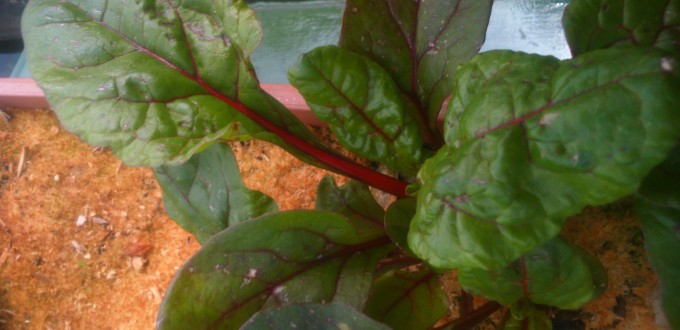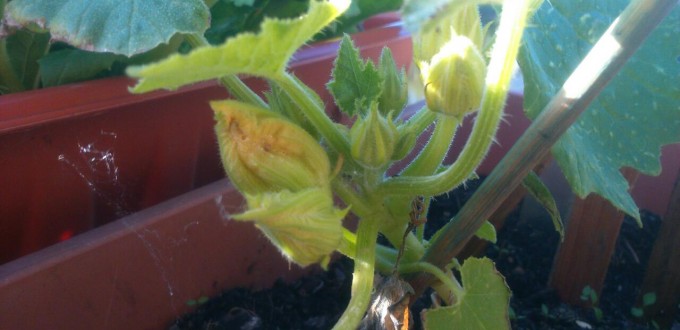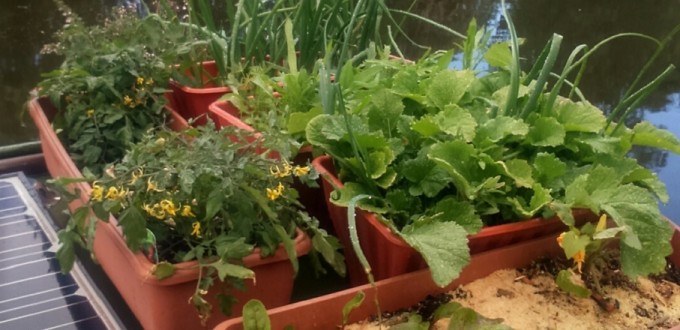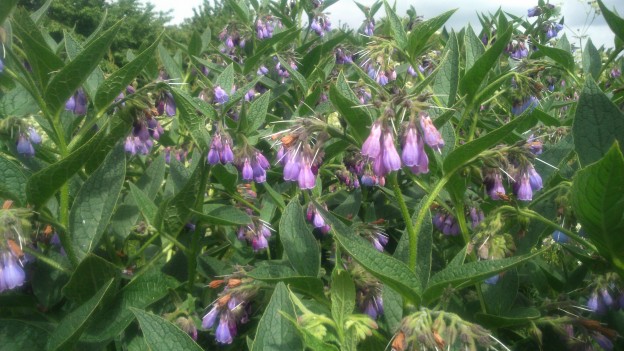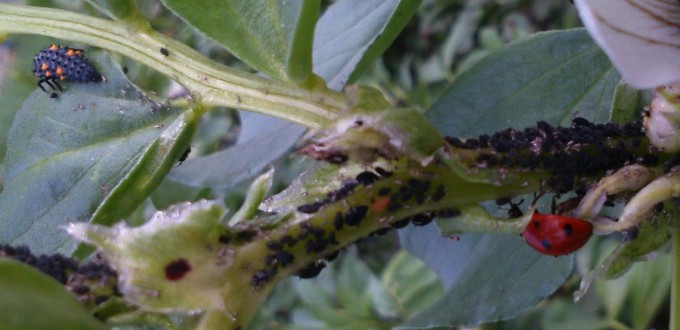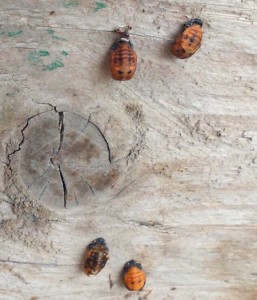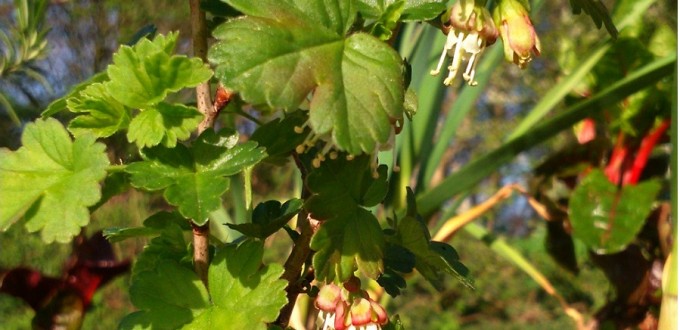Sun, rain, wind and even hail have been part of the spring season here in the UK. These last two months have offered challenges and opportunities in equal measure. Every season has the potential to be either a blessing or a ruin to the garden. It’s late May and we have been blessed by an exceptionally nice spring.
It may surprise non gardening people that most traumatic climactic event that happened for my plants this spring was the week our temperature stayed in the high 20s. While the pasty skinned and sun starved among us reveled, I was vigilant. For myself any other gardeners, above average temperatures for extended periods are a mixed blessing. Young seedlings, if kept moist shoot up and thrive. Other plants take an entirely different route. For me the week began a constant monitoring of pots and plants, watering early and trying to keep balance. By the end of the week however, I had to admit at least partial defeat. Three of of my swiss chard pots, six plants in total, had bolted.
Bolted chard isn’t the end however. The leaves, although less abundant and smaller are still edible. It also gives me a chance to restart a fresh batch from my seedlings. Extending my harvest through a succession of plantings is something I relish. This year with so many bolted plants so early, I’ll be removing them and doing exactly that. One chard will give me more than enough seed however, it’s best to collect future seed from a plant that goes to flower and seed later in the season. To collect from a “easy bolter” would be to carry that undesirable trait on to next year. On a positive note, this gives me the opportunity to replant those pots, it’s only late May so I can expect a late season crop to produce still.
Yes, the gale force winds for three straight days was worrying, but it only meant repositioning my most delicate seedlings under quick made cloches or moving pots to shelter. Torrential rain for another three days gave me time to assess and correct drainage issues. Now, in the first days of summer, most of my garden is looking good and the first setting of fruit is well underway. It was a fantastic and surprising spring.
There is, after all, no such thing as normal weather.
